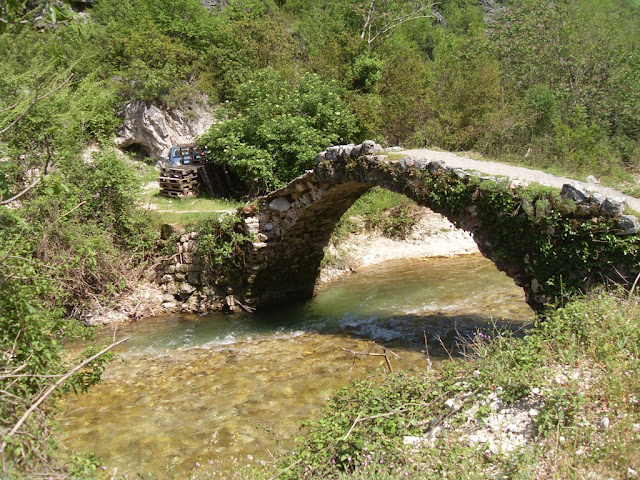VRANAC is autochthonous Montenegrin variety of grapes and brand of wine. It is protected as an intellectual property and Montenegrin geographical indication of origin since 1977. It has also adopted in neighboring countries like Republic of Macedonia and Serbia, but under different name.
Vranac is considered the most important variety of grape in Montenegro and Crmnica wine, Vranac, was presented at the expo of Balkan states held in London in 1907 where it won several top awards. As it is a local specialty and due to its localized geography, it produces a dry red wine of a unique taste and character that is synonymous with the Balkans. Vranac berries are large and deeply colored, with its dark berries growing on moderately vigorous and very productive vines. The fruit is harvested by hand. Depending on the area, this harvest can begin from mid-September and continue into October.
Young Vranac wines have a bright purple hue and a nose full of red berries and fruit jams. Its firm tannin structure provides crispness and richness, with medium to high levels of extraction and acidity. After a year or two of aging, the purple develops into an intense dark ruby and the nose develops a more complex aroma that can include hints of cinnamon, chocolate, liquorice, flowers, black fruits, herbs and even woods such as oak. The taste is subtle, round, and full. It loses its sharpness and develops a longer and smoother finish.
*****
VRANAC je autohtona crnogorska sorta grožđa koja se gaji takodje u Srbiji i Republici Makedoniji. Smatra se najznačajnijom sortom grožđa u Crnoj Gori, a
Crmnica njogovom postojbinom.
Kultura gajenja vinove loze u Crnoj Gori datira još iz predromanskog perioda, a kasnije je unapređuju Rimljani. Organizovaniji rad na vinogradarstvu počeo je u vrijeme vladavine Kralja Nikole (1860–1918). Upravo on je uveo zakon prema kome je svaki mladoženja morao dokazati da je prije stupanja u brak – ako je bio iz nekog od vinogradarskih područja Crne Gore – zasadio od sto do hiljadu čokota vinove loze.
Crmničko vino Vranac dobilo je na izložbi balkanskih zemalja u Londonu 1907. godine nekoliko prvih nagrada za kvalitet, a na izložbi u Beogradu 1928. svrstano je u red šest najboljih vina u tadašnjoj državi.
Od ove sorte se proizvode suva vina jedinstvenog ukusa i karaktera, koja su sinonim za Balkan. Zrna su velika i tamno obojena, a loza umjereno snažna i vrlo izdašna. Grožđe se bere ručno i u zavisnosti od područja berba počinje od polovine septembra i tokom oktobra.
Mlada vina proizvedena od Vranca imaju svijetlu purpurnu boju i miris na džem od voća. Snažna taninska struktura pruža svježinu i srednje do visok nivo kisjelina. Posle godinu ili dvije dana starenja, purpurna boja se razvija u intenzivnu tamnu rubinsku boju, a na mirisu se javljaju komleksnije arome koje nagovještavaju cimet, čokoladu, sladić, cvijeće, tamno voće, biljke, i čak drvo kao što je hrast.
Ukus je suptilan i pun, gubi oštrinu i razvija duži i uglađeniji finiš. Vranac izuzetno dobro podnosi hrast i starenje u boci, što je često neophodno da bi se ukrotila njegova snažna mješavina tanina i kisjelina. Zahvaljujući svojoj harmoničnoj prirodi dobro se kombinuje sa drugim sortama gožđa, kao što su Cabernet Sauvignon i Merlot. Preporučuje se da se posluži na sobnoj temperaturi i izuzetno se dobro slaže sa dimnjenim, konzerviranim ili grilovanim mesom, salatama i starim sirevima snažnih ukusa.












